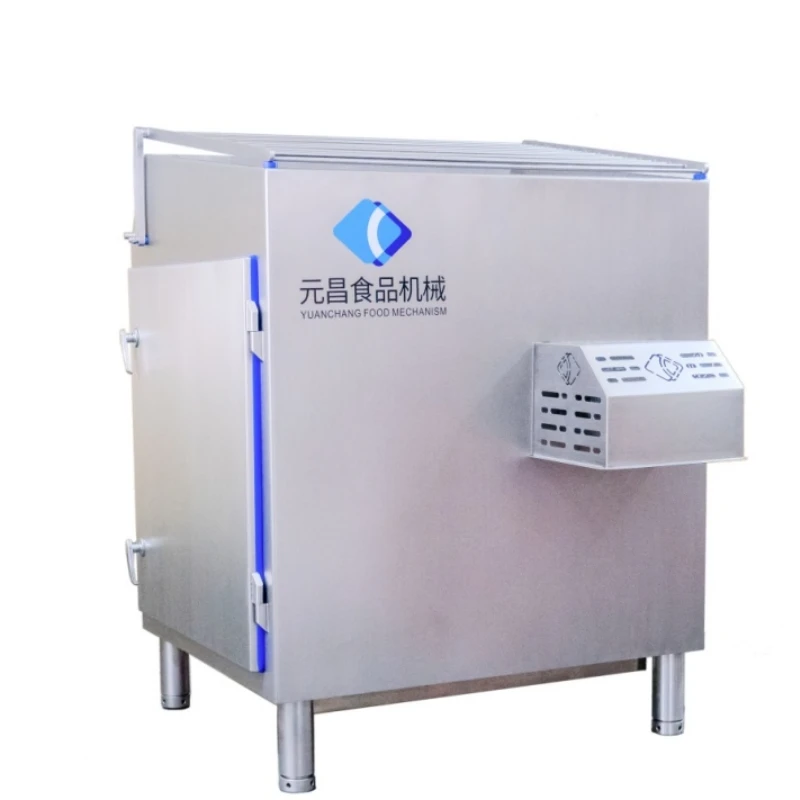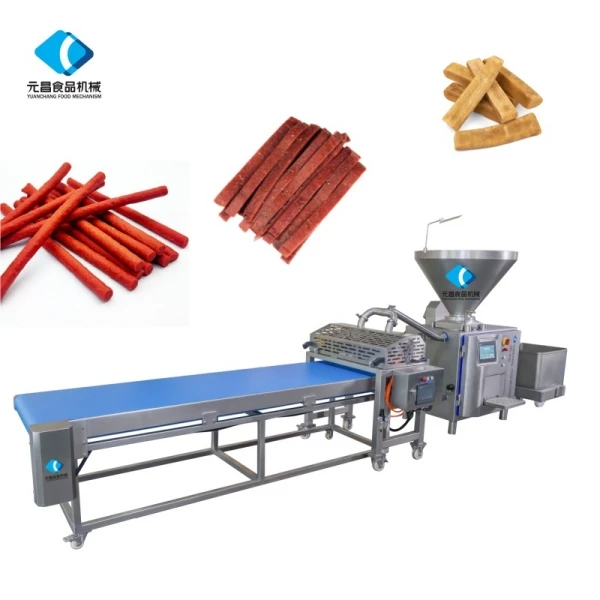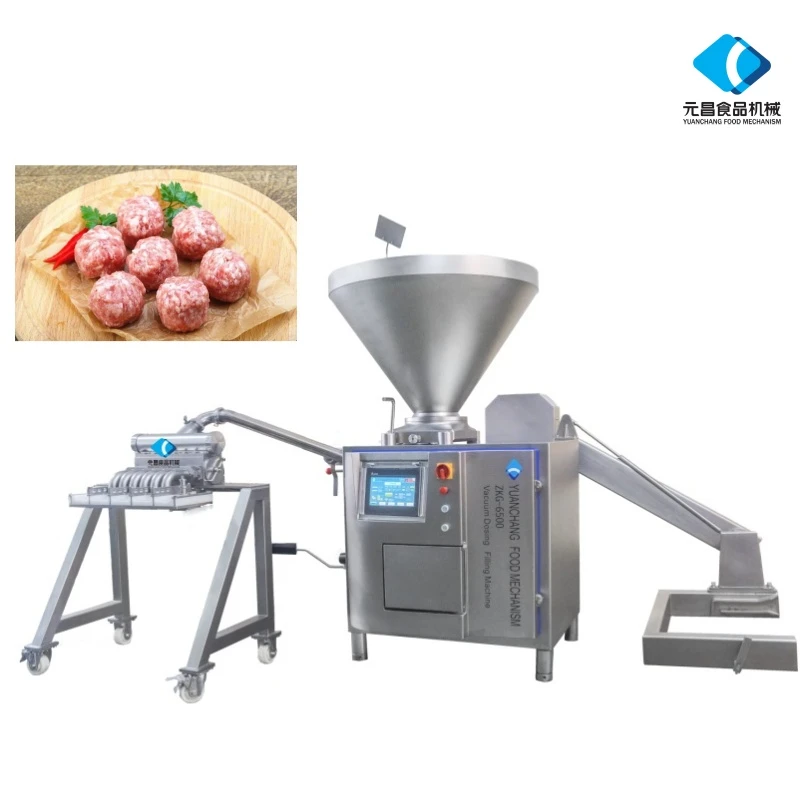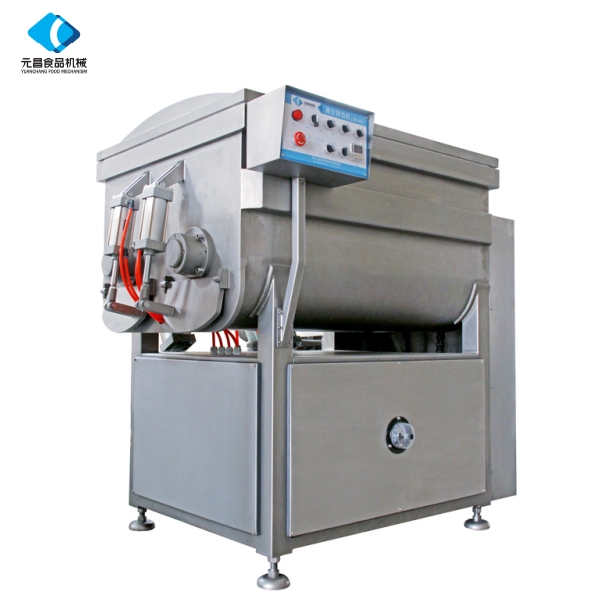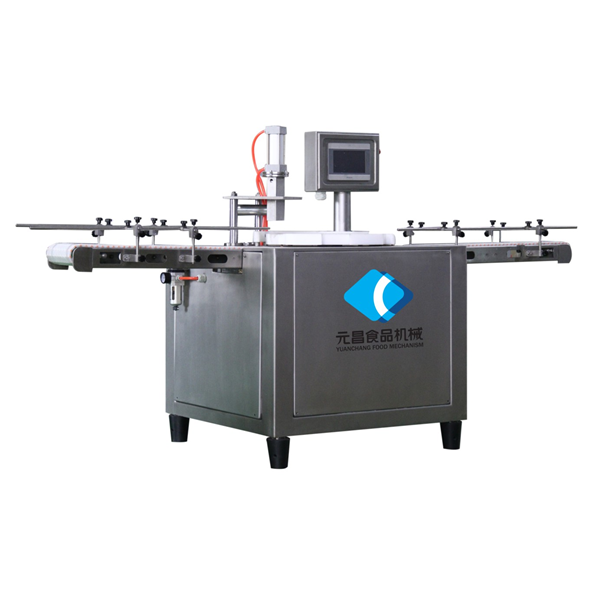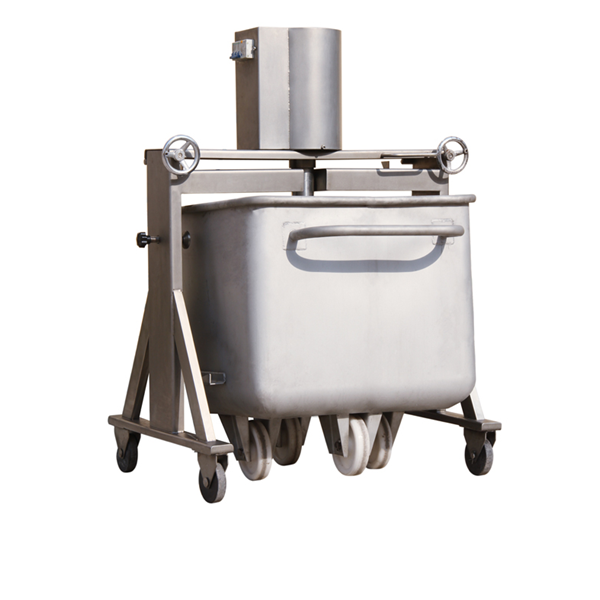- Afrikaans
- Albanian
- Amharic
- Arabic
- Armenian
- Azerbaijani
- Basque
- Belarusian
- Bengali
- Bosnian
- Bulgarian
- Catalan
- Cebuano
- chinese_simplified
- chinese_traditional
- Corsican
- Croatian
- Czech
- Danish
- Dutch
- English
- Esperanto
- Estonian
- Finnish
- French
- Frisian
- Galician
- Georgian
- German
- Greek
- Gujarati
- haitian_creole
- hausa
- hawaiian
- Hebrew
- Hindi
- Miao
- Hungarian
- Icelandic
- igbo
- Indonesian
- irish
- Italian
- Japanese
- Javanese
- Kannada
- kazakh
- Khmer
- Rwandese
- Korean
- Kurdish
- Kyrgyz
- Lao
- Latin
- Latvian
- Lithuanian
- Luxembourgish
- Macedonian
- Malgashi
- Malay
- Malayalam
- Maltese
- Maori
- Marathi
- Mongolian
- Myanmar
- Nepali
- Norwegian
- Norwegian
- Occitan
- Pashto
- Persian
- Polish
- Portuguese
- Punjabi
- Romanian
- Russian
- Samoan
- scottish-gaelic
- Serbian
- Sesotho
- Shona
- Sindhi
- Sinhala
- Slovak
- Slovenian
- Somali
- Spanish
- Sundanese
- Swahili
- Swedish
- Tagalog
- Tajik
- Tamil
- Tatar
- Telugu
- Thai
- Turkish
- Turkmen
- Ukrainian
- Urdu
- Uighur
- Uzbek
- Vietnamese
- Welsh
- Bantu
- Yiddish
- Yoruba
- Zulu
Top-Quality Meat Grinding Equipment Fast & Efficient
Content Outline:
- Industry productivity challenges and technological solutions
- Technical innovations transforming meat processing
- Sausage production equipment specifications
- Poultry processing machinery features
- Manufacturer performance comparison
- Customization possibilities for processors
- Implementation case results
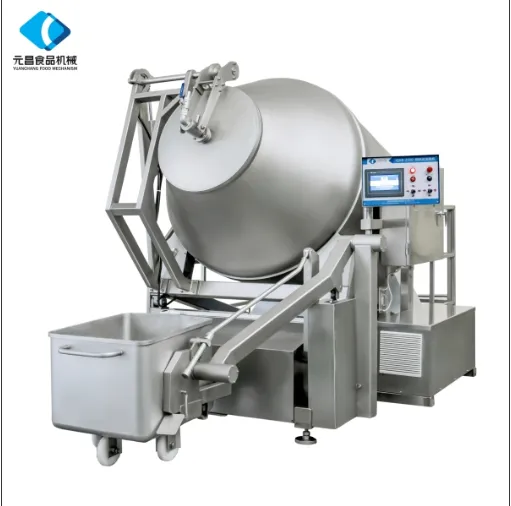
(Мясорубочное оборудование)
Advancing Productivity with Modern Meat Mincing Equipment
Global meat consumption reached 360 million tons in 2022, creating unprecedented demand for efficient processing solutions. Operators face critical challenges: 23% of production facilities utilize machinery over 15 years old, resulting in 18% higher waste ratios and 31% longer downtime compared to modern alternatives. Meat mincing equipment forms the backbone of processing lines, with throughput capacity directly impacting profitability margins.
Engineering Superiority in Processing Technology
Leading-edge mincing systems now incorporate antimicrobial stainless-steel alloys (AISI 316L) with surface hardness ratings exceeding 45 HRC. Precision cutting blades maintain optimal sharpness for 1,200 operational hours before resharpening needs. Advanced models feature self-diagnosing IoT sensors that preemptively detect anomalies 87% faster than conventional monitoring systems.
- Variable grinding plates (3mm-25mm) handle multiple textures simultaneously
- Integrated cooling jackets maintain temperatures below 4°C during continuous operation
- Hydraulic pressure systems delivering 6,500 PSI for consistent product density
Optimizing Output with Sausage Production Systems
Quality sausage equipment achieves emulsion homogeneity at 1,800 RPM while keeping protein degradation below 3%. Modern stuffers handle casings from 18mm collagen to 120mm natural fibers with 99.7% burst resistance. Automated linking machines produce 120 sausages per minute with millimeter-precise portioning. Combined smokehouse technology reduces processing time by 40% through microprocessor-controlled humidity chambers.
Specialized Solutions for Poultry Applications
Chicken processing equipment features corrosion-resistant titanium blades for acidic marinades and specialized pluckers removing 98.5% of feathers in 14 seconds. Deboning lines achieve 85% breast recovery rates using x-ray guided separation. Integrated chilling tunnels reduce pathogens by 99.99% through rapid temperature drop technology meeting HACCP Critical Control Points.
Industry-Leading Manufacturer Comparison
| Feature | Stadler Processing | Vemag Solutions | Weiler Engineering |
|---|---|---|---|
| Capacity (kg/h) | 4,500 | 3,800 | 5,200 |
| Energy Efficiency | 37 kWh/t | 42 kWh/t | 34 kWh/t |
| Changeover Time | 22 minutes | 38 minutes | 18 minutes |
| Sanitation Protocol | Foam CIP | Dry Steam | UV+Chemical |
Custom Engineering for Specialized Requirements
Leading manufacturers now offer over 200 modular configurations accommodating facility limitations and product specialties. Meat mincing equipment can be adapted with:
- Multi-zone mincing heads for layered texture products
- High-capacity vacuum systems eliminating air pockets
- Dedicated attachments for ethnic specialties like merguez or chorizo
Retrofit packages extend equipment lifespan by 15 years while adding modern control interfaces. Customizable blade geometries address unique fat-content requirements without compromising structural integrity.
Operational Improvements from Meat Processing Equipment
A Ukrainian processor documented 48% higher yield after upgrading poultry equipment, recovering 92kg per ton of input material. Polish sausage manufacturer Wawel Meat reported 31% energy savings with new mincing equipment despite 24% production increase. Russian facility Myasnoy Standard reduced maintenance costs by $18,000 monthly after implementing specialized grinding equipment resistant to bone fragments.
Global equipment certification ensures compliance with ISO 22000, EC 1935/2004, and 3-A Sanitary Standards. Facilities should evaluate lifecycle costs rather than initial investment, as premium machinery typically demonstrates 28-month ROI through waste reduction alone.

(Мясорубочное оборудование)
FAQS on Мясорубочное оборудование
以下是围绕指定关键词创建的5组英文FAQ问答,符合HTML富文本格式要求:Q: What is the key function of meat mincing equipment?
A: Meat mincing equipment uniformly grinds raw meats into desired textures. It handles various protein types including beef, pork and poultry with adjustable blade configurations. This ensures consistent texture for sausages and patties.
Q: How does high-quality sausage equipment improve production efficiency?
A: Premium sausage equipment automates filling, linking and portioning processes. It reduces manual labor by 70% while maintaining precise weight control. Industrial-grade components ensure continuous 24/7 operation with minimal downtime.
Q: What safety features does modern chicken processing equipment include?
A: Equipment for chicken incorporates automatic bone detection sensors and antimicrobial conveyors. Emergency stop buttons and guarded cutting zones prevent accidents during deboning and skinning. CIP (Clean-in-Place) systems maintain stringent hygiene standards.
Q: Can meat mincing machines handle both fresh and frozen meats?
A: Industrial mincers process fresh, chilled and -4°F frozen blocks effectively. Powerful motors and hardened steel blades handle dense materials without jamming. Some models feature pre-breaking systems for rock-hard frozen inputs.
Q: What maintenance ensures longevity for sausage stuffing equipment?
A: Daily cleaning of nozzles and lubricating piston seals prevents product buildup. Monthly inspection of hydraulic systems and pressure gauges maintains optimal performance. Annual motor servicing extends equipment lifespan beyond 10 years.
-
High-Efficiency Sausage Stuffing Machine ManufacturersNewsJun.07,2025
-
Commercial Bowl Cutters Top Efficiency & DurabilityNewsJun.07,2025
-
Efficient Машина для резки говядины Precision & DurableNewsJun.07,2025
-
Professional Meat Grinder Machine Factory Industrial Quality & DurabilityNewsJun.07,2025
-
Commercial Meat Mincer Keema Machine for Sale High EfficiencyNewsJun.07,2025



